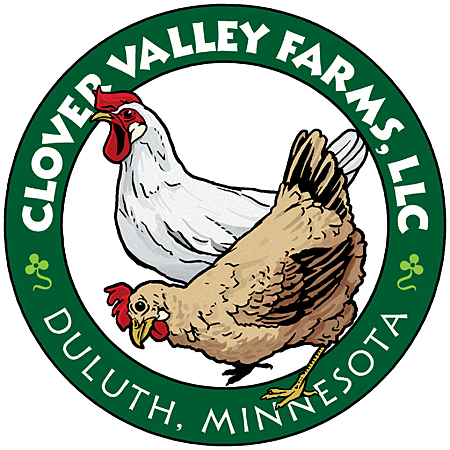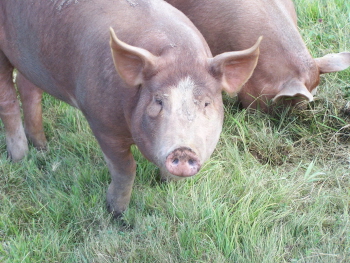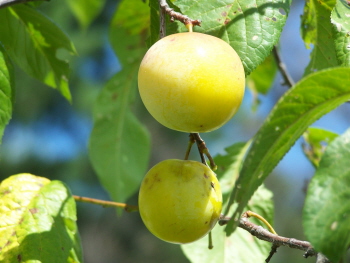Passive Solar Greenhouse & Greywater System
The greenhouse was built in 1998 at a cost of around $12,000. Cindy received a $5,000 grant from the Minnesota Office of Environmental Assistance and worked with Roald Gundersen, a regionally known innovator of “biosystems,” to design the greenhouse and its associated heating and water systems. Originally built as a stand-alone structure, the greenhouse is 36’ x 10’ with six 3’ x 9’ raised beds.
Jeff and Cindy grow flowers, vegetables, and herbs in the greenhouse year-round, without supplemental heat or light and by relying on greywater (water from the household’s sinks, shower, and washing machine) and rainwater.
Educator’s Perspective: Resource Tip Clover Valley Farms’ greenhouse is described further in a case study published by the Minnesota Sustainable Communities Network. It also served as a prototype for a greenhouse built at North Shore Community School, a nearby charter elementary school. Photos of the school's greenhouse can be found on the website of Annie's, which provided some grant funds for greenhouse renovation. That greenhouse has developed to the point that students now use it to grow greens for their own school meals. Minnesota’s Clean Energy Resource Teams (CERTs) prepared six case studies about other greenhouses across Minnesota that are incorporating energy efficiency and/or renewable energy into their systems. |
Sending greywater to the greenhouse instead of a septic system means it gets put to additional use before returning to the environment. Greywater is sent from the house to the greenhouse and stored in an underground 300-gallon tank, where it supplies water and certain nutrients to the raised beds. During the warm months, rainwater is collected and stored in two 3' x 9' above-ground, 400-gallon tanks. The rainwater is used to supplement irrigation by the greywater, and the above-ground tanks also provide thermal mass that helps to regulate the greenhouse’s temperature during winter. Irrigation water is delivered to the raised beds through 4" perforated drain tile lines under the surface.

 |
 |


